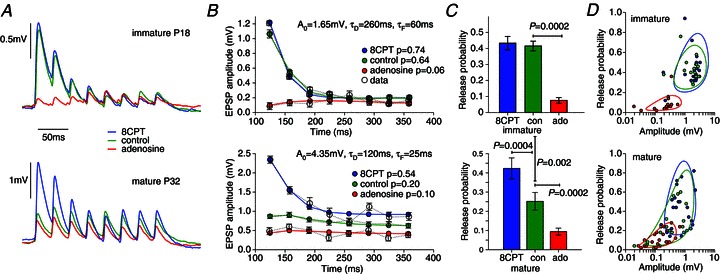Figure 3. A1R activation underlies the developmental shift from depression to facilitation at L5PC synapses.

A, typical sweep-averaged EPSPs for immature and mature connections in response to eight 30 Hz presynaptic APs under conditions of: A1R block (blue), endogenous A1R activation in control (green), strong A1R activation by applied adenosine (red). Blocking A1Rs causes mature connections to revert to immature synaptic depression. B, average EPSP amplitude fits to a synaptic dynamics model for the same connections. Maximal amplitude A0, and the depression τD and facilitation τF time constant fits were common to all pharmacological conditions with release probability p optimized for each condition. C, mean release probabilities across fitted connections. D, scatter plot of release probability versus amplitude for individual connections. The overlap of the different distributions follows the same pattern seen for the CV (Fig. 2C) and failure rates (Fig. 2F) with no evidence seen for the developmental pruning of a distinct population of high-release immature synapses.
